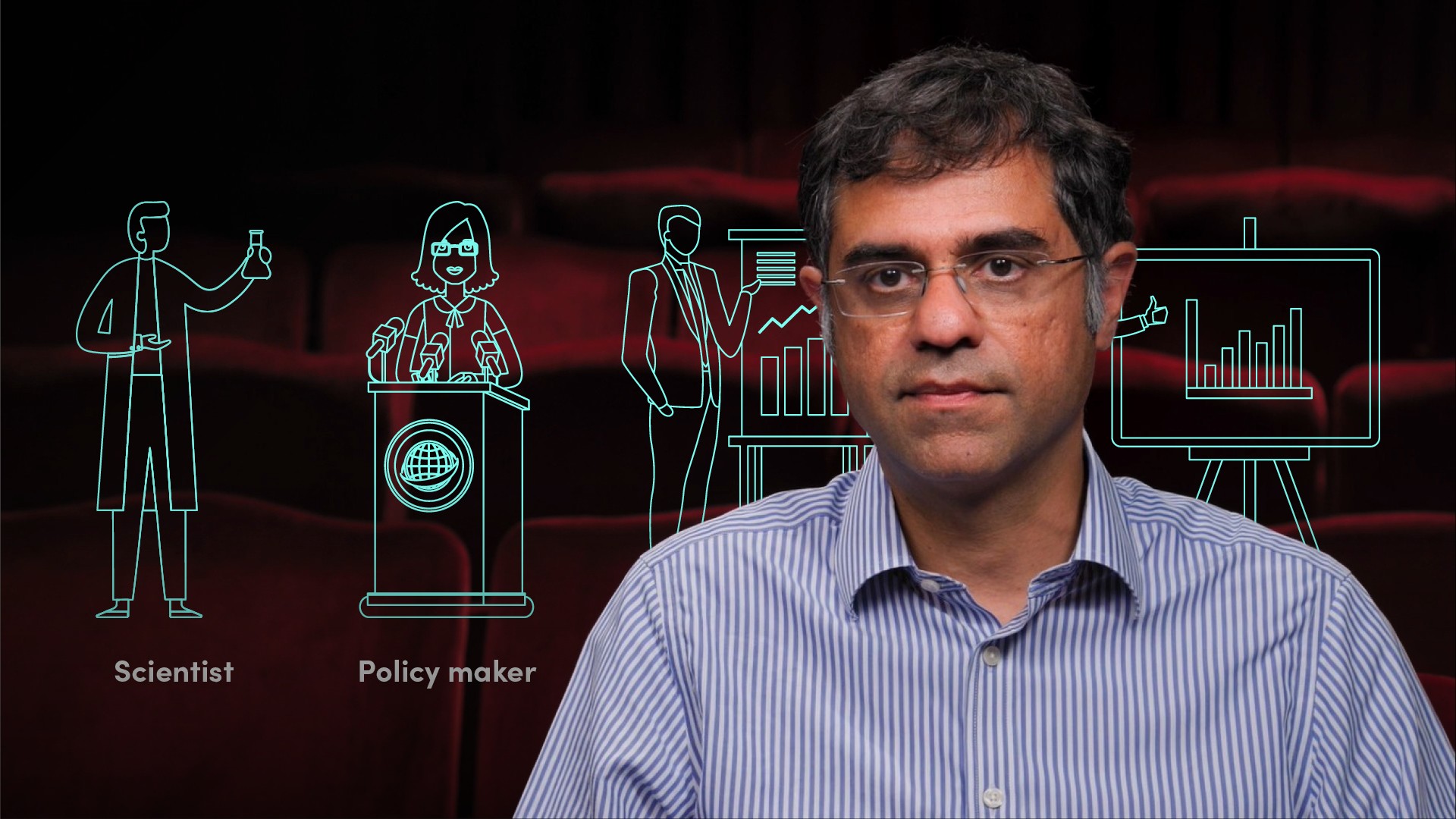
Central Bank Climate Stress Tests

Amit Kara
30 years: Macroeconomist
In the final video of his series, Amit Kara outlines the scope and objectives of a climate stress test exercise. He then summarises the climate scenarios that have been used by these central banks for their climate stress test exercises.
In the final video of his series, Amit Kara outlines the scope and objectives of a climate stress test exercise. He then summarises the climate scenarios that have been used by these central banks for their climate stress test exercises.
Subscribe to watch
Access this and all of the content on our platform by signing up for a 7-day free trial.

Central Bank Climate Stress Tests
17 mins 38 secs
Stress tests are conducted by financial institutions or regulators to assess the resilience of financial institutions or the financial system as a whole. As banks begin to wake up to the climate crisis, they have embarked on stress tests that specifically focus on climate risks. It is vital to understand the scope and objectives of a climate stress test exercise before conducting one. Lack of action in this area or conducting a stress test too late often comes with consequences such as increased damage and costs.
Key learning objectives:
Understand the objectives and scope of a climate stress test
Comprehend the climate scenarios used by banks for a climate stress test
Subscribe to watch
Access this and all of the content on our platform by signing up for a 7-day free trial.
What are the three main objectives identified by the Bank of England for a climate stress testing exercise?
- To quantify the size of the exposure to climate risks of each participating institution and the financial sector as a whole
- Understand the challenges to the business models of participating institutions
- Facilitate the management of climate risks in these organisations
Why are physical risks important in a climate stress testing exercise?
Physical risks, examples of which are heat waves, flooding, droughts, wildfires and tropical cyclones, are at their minimum when the Paris climate targets are met which, according to these scenarios, is achieved if net CO2 emissions drop to zero by 2050. Put differently, physical risks are minimised when governments intervene with timely policies that help engineer a transition towards renewables and away from fossil fuels. Physical risks will be high when governments do little to decarbonise the economy.
How does late action (responding to climate risks too late), affect overall costs?
Early action results in a net GDP loss of between 1.2-1.8% ; the cost of late action is around three times larger and the cost of doing nothing could be as high as 10% in Europe and the USA and around 15% in China. To summarise, the first important finding of these scenarios is that the cost in terms of output loss of early action is relatively low and the cost is high and rising when governments fail to respond in a timely manner.
Why does the probability of default of companies rise substantially under the ‘no additional action’ scenario?
The ECB analysis also shows that the probability of default of companies rises substantially under the ‘no additional action’ scenario mainly because of the increased frequency and intensity of extreme weather events which of course is an example of physical risks.
When was the need for climate stress tests recognised?
The need for climate stress tests was recognised as early as 2016 at the European level by the European Systemic Risk Board and at the global level by the Financial Stability Board in 2017.
Subscribe to watch
Access this and all of the content on our platform by signing up for a 7-day free trial.

Amit Kara
There are no available videos from "Amit Kara"





























